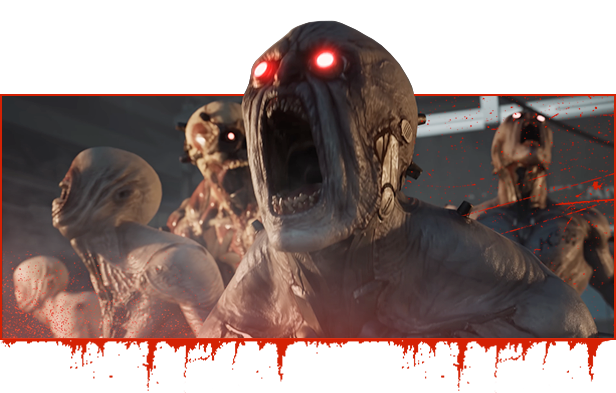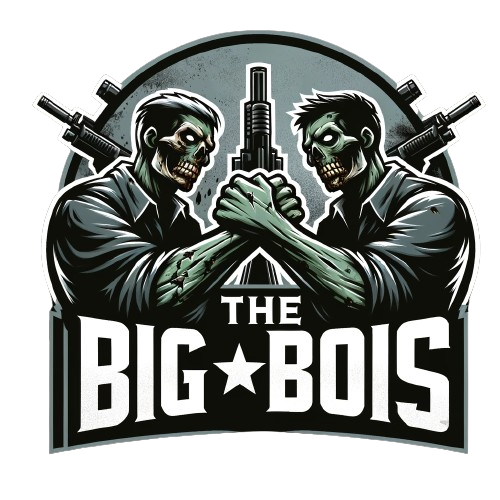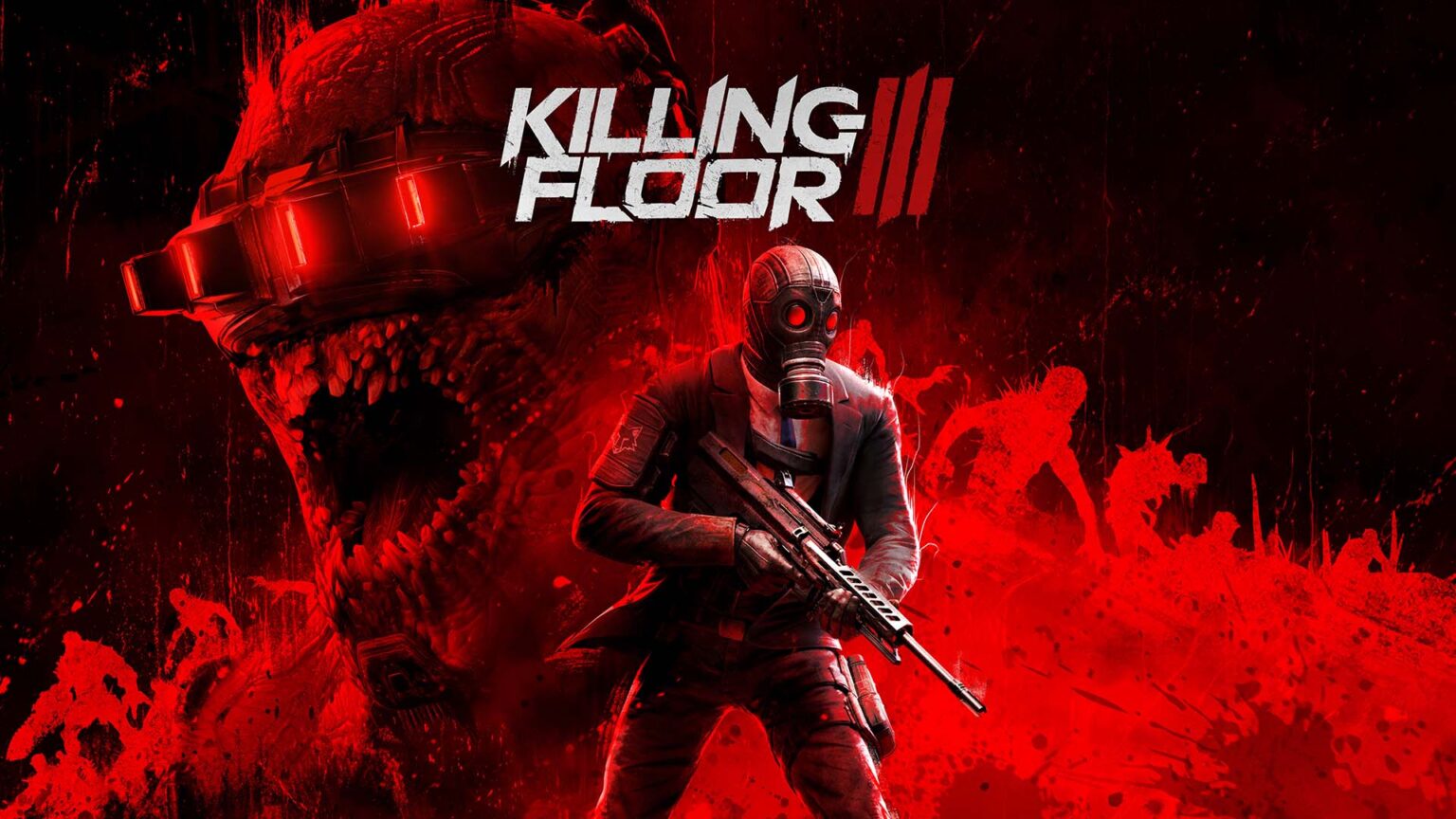Tripwire Interactive is back with Killing Floor 3, the next chapter in its iconic co-op horror shooter series. Set in a grim 2091 where the megacorp Horzine unleashes genetically engineered monstrosities known as zeds, Killing Floor 3 challenges players to team up as Nightfall operatives in brutal six-player co-op battles to hold the line against a dystopian nightmare. While the game arrives with some apparent gaps and rough edges, the core experience is a gory, gratifying ride that shows signs of becoming the franchise’s strongest entry.

An Evolved Foundation
The bones of the Killing Floor franchise are still intact—wave-based enemy survival, over-the-top gore, and tight co-op mechanics. But this time, Tripwire gives the skeleton some new muscle. Movement feels smoother with sprinting, sliding, and climbing, adding more verticality and urgency to encounters. Zed Time has been tweaked to feel more dynamic and earned, activating in crucial moments rather than randomly triggering.
The M.E.A.T. system returns in full force, more gruesome than ever. You’ll blast off limbs, heads, and torsos with disturbingly satisfying precision. Zeds no longer charge in straight lines; they flank, leap, and swarm, making each encounter unpredictable. The AI is noticeably more aggressive and responsive, ramping up the challenge even for veteran players.
Weapons, Skills, and Customization
From flamethrowers to shotguns to katanas, Killing Floor 3 brings a meaty arsenal. Weapon modification has been streamlined with a crafting system that rewards progression and experimentation. Upgrades unlock tiered bonuses, allowing players to tailor their loadouts based on playstyle.
Skills have also expanded dramatically. Each class’s skill tree is more robust, offering diverse builds and synergy potential. While some perks feel more useful than others, the foundation for serious meta-building is there. However, some fans are frustrated that characters are locked to their respective classes—a step backward in customization.

Atmosphere and Aesthetics
Graphically, KF3 looks great. Environments are gritty and claustrophobic, with excellent lighting effects and dense details that pull you into their decaying world. Maps like the sewers and lab complexes ooze atmosphere, and interactive traps like fans and turrets add tactical flavor.
The sound design is hit-and-miss. The weapons and gore effects sound visceral, but the voice acting lacks the character and flair of previous entries. Gone are the quippy, over-the-top lines that gave earlier games their cult charm. Characters now sound more generic, and the merchant—once a fan-favorite character—feels like a placeholder.
Content, Modes, and Community Concerns
KF3 launches with a leaner content offering compared to where KF2 ended up. There are fewer weapons, fewer wave-length options, and a smaller map selection. Core systems like text chat, a server browser, and extended wave options are currently missing. The lack of character expression and minimal interaction between players makes matches feel a bit lifeless, even when the combat is frenetic.
Still, the potential is obvious. The inclusion of mod support from day one, an upgraded UI for weapon upgrades, and more nuanced enemy behaviors suggests this is a foundation Tripwire intends to build on. History supports this optimism—KF2 launched barebones too and grew into a robust and beloved game with consistent updates.
Performance and Polish
Performance varies widely depending on hardware. Some players report solid frame rates, while others on high-end GPUs have to dig into .ini files for stability. Animations, while improved in places, still feel a bit stiff. Hit detection for melee, in particular, needs more tuning.
That said, the game is very much playable and fun. And unlike many recent launches, the dev team has already acknowledged performance issues and promised improvements in their Year One roadmap.

Pros:
- Fast, fluid movement and combat
- Excellent gore and enemy design
- Deep skill trees and loadout options
- Early mod support and potential for long-term growth
Cons:
- Missing key legacy features (chat, longer waves, etc.)
- Flat character voices and reduced personality
- Performance issues on some systems
- Limited content compared to KF2’s mature state
Killing Floor 3: Bloody Good With Room to Grow. Killing Floor 3 is not a finished masterpiece, but it is a promising evolution. It understands the heart of the series: frantic co-op action, over-the-top gore, and tactical survival. Yes, it needs more content. Yes, it needs more polish. But it’s clear that Tripwire is laying the groundwork for something that can eventually surpass its predecessors. If you’re a fan of the franchise or just love mowing down mutant horrors with friends, Killing Floor 3 is already a blast. Just know you’re buying into a game still finding its full form. But with time, this could become the definitive Killing Floor experience. – Obsidian


